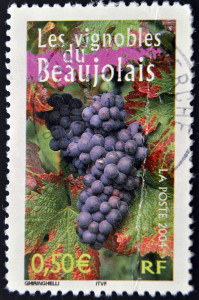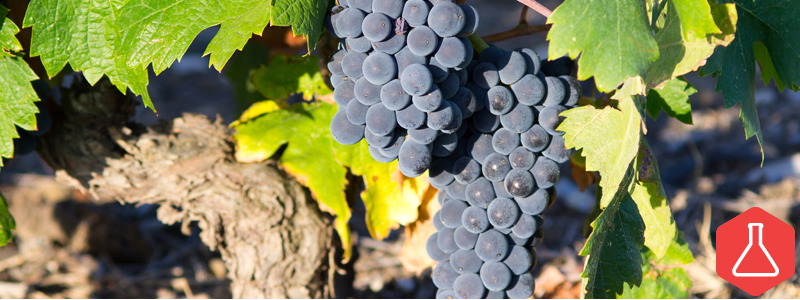…oh its flavors, they’re just the most haunting and brilliant and thrilling and subtle and… ancient on the planet.” – Miles Raymond
What Pinot Noir does to our senses when done well is hard to put into words. The enjoyment of it is much more visceral than the science behind how we perceive wine. One whiff of the soft velvet and it punches you in the soul, waking everything up your body, charging you with excitement, attacking your endorphins and commanding them to release. Very often, before any descriptors and assessments come out of the mouth, it’s all ooos and ahhs and, maybe (like me), some expletives of aching wonder and enjoyment akin to my favorite scene in one of the best food movies ever in the world, The Big Night, where Pascal is so overwhelmed with how good the dish is he’s get visibly upset. And that’s before we even take a sip.
If Pinot Noir — named after the old French word for “pine cone” because of the shape of the grape bunch on the vine — is your BFF in a bottle, then you might have a tough time branching out. Pinot Noir is just too solid a choice. So then what is a suitable alternative if you’re looking for something new, but similar? Well, nothing can replace the ancient, finicky transcending Burgundy native, but there are some other wines out there that you might enjoy on the same level of balance and bright awesome. This is the first of a few post where I’ll talk about these goodies.

For our first recommended alternative enter Gamay stage left. Gamay is headquartered just south of Pinot Noir’s hometown, Burgundy, in central eastern France in a wine region called Beaujolais, made famous here in the US by a very targeted marketing scheme focused on selling young, fresh Gamay by the name of Beaujolais Nouveau. This is not the style you are looking for as a Pinotphile — too jammy, too sweet (run!). Tucked in the northern corner of this appellation, though, are ten designated areas that offer Beaujolais in slightly differing styles. The French call them crus. Surrounding these crus is the larger region of Beaujolais: The Villages.
While your wine merchant will be able to walk you through buying one of these wines, you can help the process along by stating your love for the little pine cone. Bottles from the larger Village part of the appellation can get as low as eight or nine bucks whereas the cru gems will set you back around fifteen and above. Not too shabby. Although each cru has a distinct personality, generally these wines are going to be light-bodied and fruity. When playing around in the cru category it gets really fun with notes of sour cherry and dried cranberries harmonizing with cracked black pepper and hints of what the wine world likes to call fresh cut stone. How poetic.
A nice added bonus to wines like Beaujolais and Pinot Noir is that in the summer you can chill them down and sip them on the cool. So if you’re branching out and looking for a wine that gives you similar pleasure to Pinot Noir check out the wonders of Gamay.
Stay tuned for next week, when we explore our second pine cone alternative, which hails from the Piedmont region of northern Italy.

